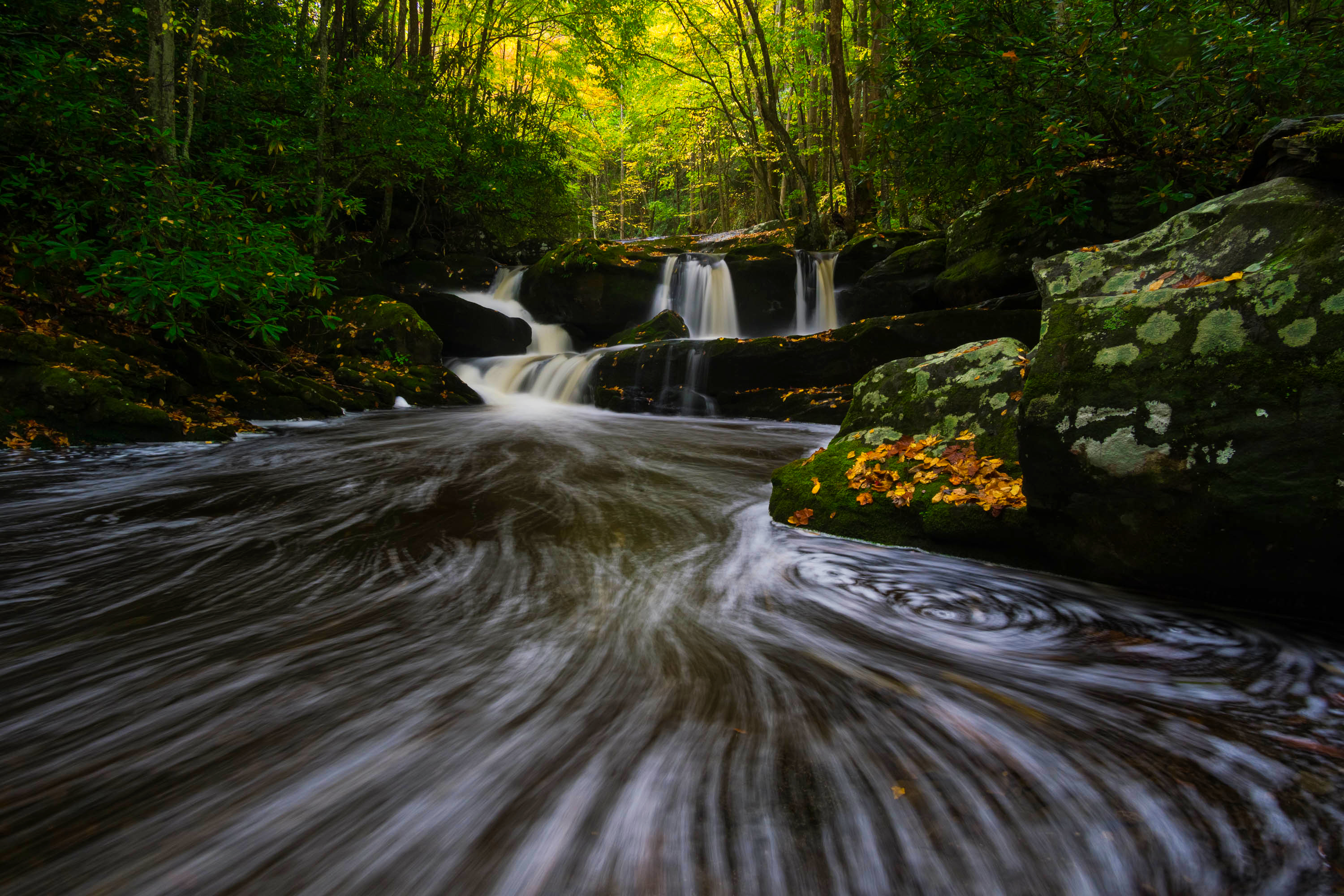Why Foregrounds Matter In Landscape Photography
Dec 29, 2022
Foregrounds in landscape photography are an often overlooked element that can greatly enhance the overall composition and storytelling of a photograph.
One of the main reasons why foregrounds are important in landscape photography is that they provide context and scale to the scene. A foreground element, such as a rock or a tree, can give the viewer a sense of how large the landscape is, and how small they are in comparison. This helps to create a sense of depth and dimension in the photograph.
Foregrounds can also help to lead the viewer's eye through the image and guide them to the main subject of the photograph. This can be achieved through the use of leading lines or patterns in the foreground, which draw the viewer's attention toward the background.
In addition to providing context and scale, foregrounds can also add visual interest and balance to a photograph. A well-placed foreground element can add texture, color, and contrast to an image, making it more dynamic and engaging.
It's important to keep in mind that foregrounds should not dominate the photograph, but rather enhance the overall composition. It's a good idea to experiment with different foreground elements and perspectives to find the right balance for the scene.
Some foregrounds to consider are:
- Lines (either manmade or natural)
- Rocks
- Plants or shrubs
- Moving water
- Shorelines

Overall, foregrounds play a crucial role in landscape photography, adding depth, context, and visual interest to the photograph. By considering the foreground in your compositions, you can take your landscape photos to the next level. So, always pay attention to your foreground while capturing landscape photos.


